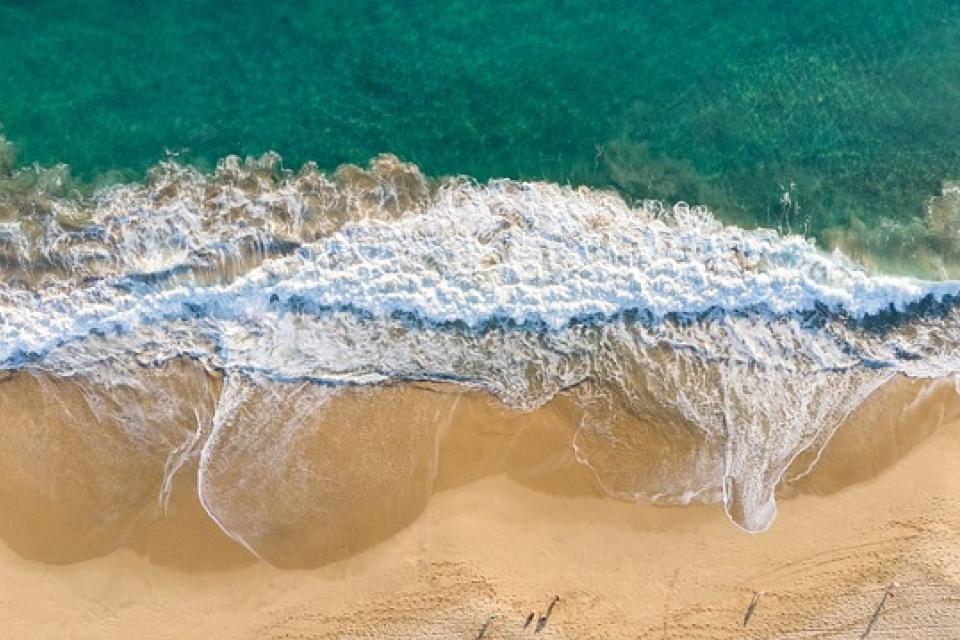Datasets
Standard Dataset
CCESAR: SAR Images
- Citation Author(s):
- Submitted by:
- Aswathi Mundaya...
- Last updated:
- Wed, 03/19/2025 - 11:13
- DOI:
- 10.21227/q8aq-jy35
- License:
 306 Views
306 Views- Categories:
- Keywords:
Abstract
This dataset comprises 32-bit floating-point SAR images in TIFF format, capturing coastal regions. It includes corresponding ground truth masks that differentiate between land and water areas. The covered regions include the Netherlands, London, Ireland, Spain, France, Lisbon, the USA, India, Africa, and Italy. The SAR images were acquired in Interferometric Wide (IW) mode with dual polarization at a spatial resolution of 10m × 10m.
The dataset is organized into two primary folders: train and test. Each of these folders contains two subfolders:
natural: This subfolder contains data samples representing natural environments or features.
built: This subfolder contains data samples representing built or man-made environments or structures.
The train folder is intended for model training, while the test folder is reserved for evaluating the model's performance on unseen data.






